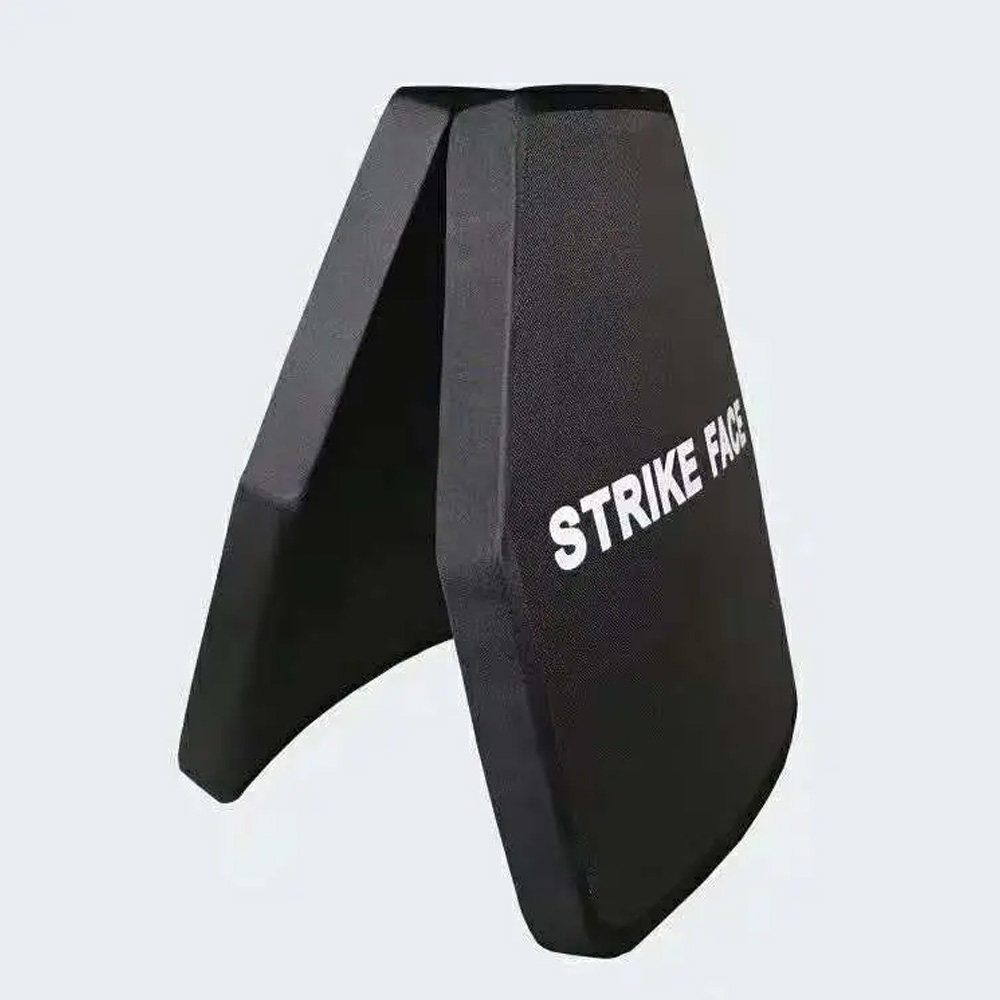Writer: admin Time: 2023-07-16 18:27:22 Browse:
Bulletproof vests are vital protective gear worn by law enforcement officers, military personnel, and even civilians in high-risk professions. These vests offer a crucial layer of defense, shielding individuals from potential harm caused by bullets and projectiles. In this article, we will delve into the materials that comprise bulletproof vests and explore their unique properties that make them effective in safeguarding lives.
Bulletproof vests owe their effectiveness to the remarkable properties of Kevlar, a synthetic fiber developed by DuPont in the 1960s. Kevlar is the primary material used in the creation of bullet-resistant panels within vests. This aramid fiber is five times stronger than steel, yet significantly lighter in weight. Its exceptional tensile strength allows it to absorb and distribute the force of a bullet impact, preventing penetration.
The process of manufacturing Kevlar involves spinning the fiber into a yarn-like structure, which is then woven into layers. These layers are combined with other materials to form a composite panel that can withstand high-velocity projectiles. Kevlar's versatility and durability have made it a popular choice for bulletproof vests and other protective gear.

Another material frequently used in bulletproof vests is Spectra Shield, a high-performance polymer fiber produced by Honeywell. Like Kevlar, Spectra Shield possesses extraordinary strength and resistance to impact. It is composed of ultra-high-molecular-weight polyethylene (UHMWPE), which grants it impressive tensile strength and the ability to dissipate energy effectively.
Spectra Shield is manufactured through a gel-spinning process that aligns the polymer chains, resulting in a fiber with exceptional rigidity. The fibers are then layered and woven into panels that provide effective protection against ballistic threats. The lightweight nature of Spectra Shield enhances the wearer's mobility and comfort, without compromising on safety.
In addition to Kevlar and Spectra Shield, bulletproof vests may incorporate ceramic plates to augment their protective capabilities. These plates are typically made of boron carbide or alumina ceramic, which possess excellent hardness and resistance to penetration. The ceramic plates are inserted into specially designed pockets within the vest, covering critical areas such as the chest and back.
When a bullet strikes the ceramic plate, it shatters and disperses the impact energy over a larger area. This mechanism significantly reduces the chances of the bullet penetrating the vest. The combination of Kevlar or Spectra Shield with ceramic plates creates a formidable defense system against a range of ammunition types.

Bulletproof vests are meticulously designed and engineered using a combination of advanced materials. Kevlar and Spectra Shield provide the primary defense against bullets by absorbing and distributing impact energy. Ceramic plates further enhance the vest's protective capabilities. The continuous advancement of materials technology ensures that bulletproof vests remain effective in safeguarding those who put their lives on the line to protect others.